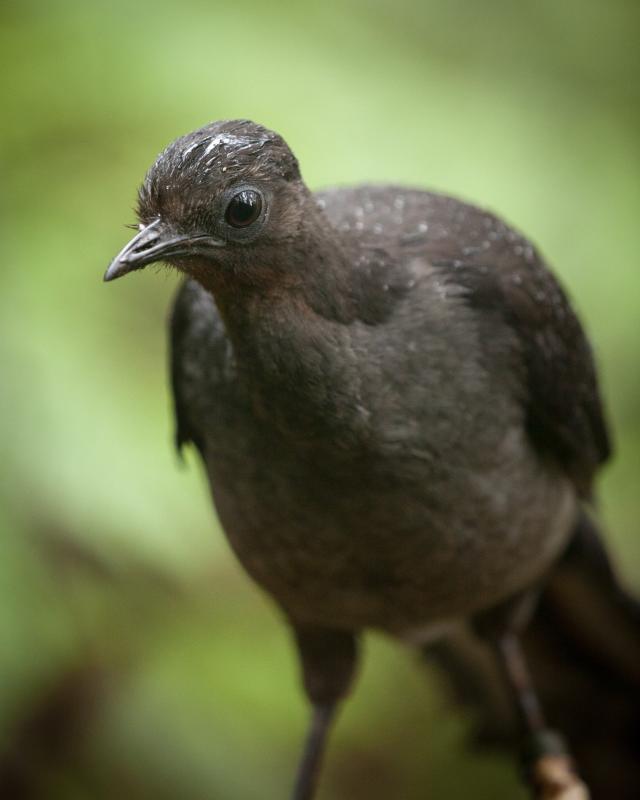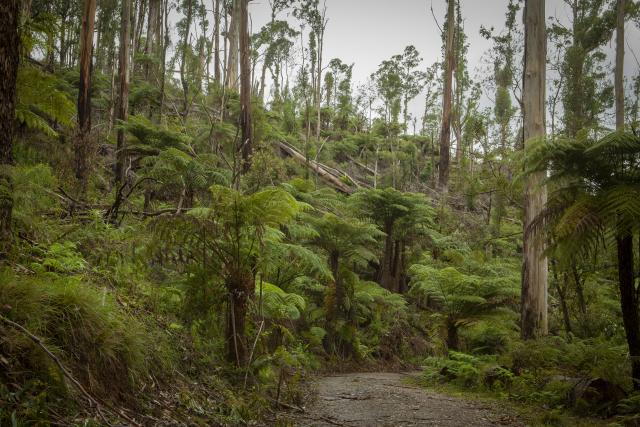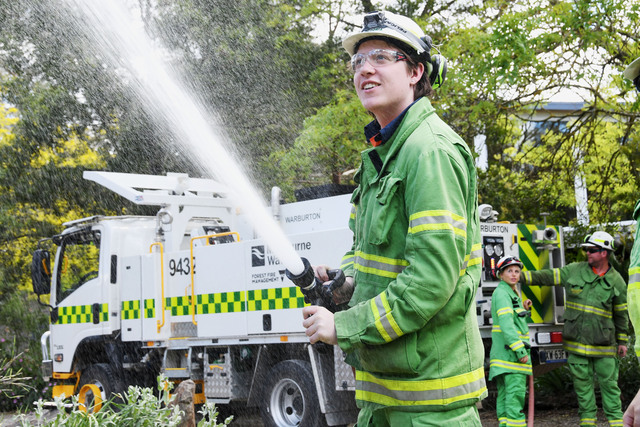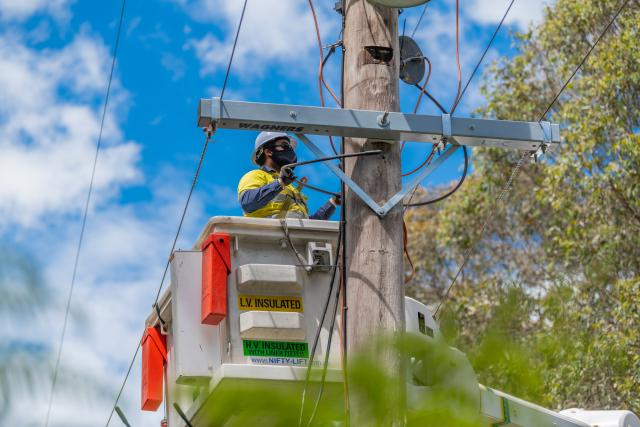Conservationists are concerned the Department of Energy, Environment and Climate Action (DEECA)’s plans to remove timber from the Dandenong Ranges National Park will disturb a lyrebird nest in Olinda.
DEECA has contracted VicForests to clear debris in two earmarked zones in the park; one area near the Silvan Dam and south near Fern Gully Track, after the storm event in June 2021 ravaged the area.
Heavy debris from roadsides, including up to 40 metres off the tracks, is set to be removed within the two bushfire moderation zones to address bushfire risk after the storm damage, and used for commercial and community use.
Sherbrooke Lyrebird Survey Group associate member and Research Fellow with the Research Centre for Future Landscapes and Department of Environment and Genetics at La Trobe University, Alex Maisey, said the disturbance of the lyrebird nest used by a female lyrebird discovered around two weeks ago could cause an abandonment of the nest.
“With such major habitat, people walking through are one thing that the birds have to deal with, they see people all the time and they deal with predators from a day to day basis, but then having big heavy machinery on that scale could cause an abandonment of the nest,” Mr Maisey said.
“Ultimately, even if that didn’t happen and the bird just somehow stuck it out and kept coming back to the nest, removing all of the debris and the regrowing vegetation could also open up the surrounding area and increase the probability of a bird of prey or a fox, some sort of predator, finding the nest and eating the chick or the egg.
“They’re pretty fiercely territorial, so they can’t just up and move…for the wildlife like lyrebirds that are trying to survive in what’s really a recovering landscape, it’s had a big shock of a storm, a big disturbance impact, and the natural process is that recovery just happens over several years and the wildlife has just got to deal with it.”
The lyrebird was originally banded in a nest above Sherbrooke Falls in September 2016 as a month-old nestling, according to Mr Maisey.
“It’s the height of the breeding season… they’ve just been starting to lay eggs over the last month or so and then they incubate those eggs for almost two months,” he said.
“Beyond just lyrebirds, lots of small mammals really rely on logs, so removing too many logs will be a damaging activity for the wildlife in the area.”
Victorian National Parks Association Parks Protection Advocate Jordan Crook said while it is “disappointing”, it is “not unforeseen” that the lyrebird nest has been found in the target area for Forest Fire Management’s works.
“The Dandenongs is so well known for its lyrebirds, and to put that at risk in this dodgy log extraction operation by Forest Fire Management is very disappointing,” Mr Crook said.
Acting Forest Fire Management Chief Fire Officer Sam Quigley said the organisation is aware of the lyrebird nest and is working with specialists in DEECA to ensure “appropriate mitigations minimise any impact on the nest”.
“This includes the creation of exclusion zones,” Mr Quigley said.
“This storm debris removal work is to address the unacceptably high bushfire risk in the area to local communities – it is not a logging operation.
“Monitoring of environmental values at the site is an ongoing process, where values are identified appropriate mitigations are built into the program.”
According to Mr Quigley, works are not expected to commence until late spring.








